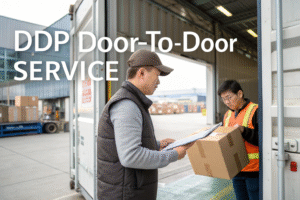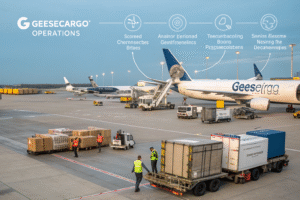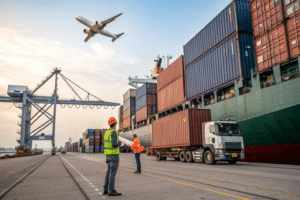Import taxes significantly impact the total cost of goods imported from China, directly affecting your competitiveness and profitability. Many businesses struggle with high duty rates but fear that aggressive tax reduction strategies might violate customs regulations. The good news is that numerous legal methods exist to minimize your import tax burden while maintaining full compliance.
You can legally reduce import taxes from China through proper HS code classification, utilizing preferential trade programs, implementing first sale rule strategies, using foreign trade zones, and exploring duty drawback programs. These approaches can reduce your tax burden by 15-40% while ensuring full customs compliance.
Let's examine the specific legal strategies that can help you minimize import taxes without risking penalties or customs delays.
How does proper HS code classification reduce duties?
HS code classification forms the foundation of import tax calculation, and even small classification errors can lead to significant overpayment. Many businesses unknowingly pay higher duties than necessary due to incorrect or outdated product classifications.
The Harmonized System codes determine both the duty rate and any additional taxes or restrictions applying to your products. By ensuring accurate classification, you avoid overpayment while maintaining compliance. We conduct detailed product analysis to identify the most advantageous legitimate classification for each item, considering composition, function, and intended use. This fundamental step alone typically identifies 5-15% duty savings opportunities for most importers.

What common classification errors increase costs?
Many importers make these costly classification mistakes:
- Using supplier-provided codes without independent verification
- Selecting overly broad classifications missing specific lower-rate categories
- Misunderstanding product composition leading to incorrect chapter selection
- Ignoring recent classification changes that might offer lower rates
- Failing to consider alternative classifications that might legally apply
These errors typically result in paying higher duties than legally required for your products.
How can binding rulings provide certainty?
Binding rulings from customs authorities offer:
- Legal protection for your classification approach
- Predictable costing for financial planning
- Audit defense if classifications are challenged
- Clear guidance for similar future products
- Risk reduction regarding potential penalties
This proactive approach transforms classification from a uncertainty into a strategic advantage.
How can trade agreements reduce your duty burden?
Preferential trade programs offer some of the most significant duty reduction opportunities, with many products qualifying for complete duty exemption when proper requirements are met. These programs reward strategic supply chain planning with substantial tax savings.
The most valuable program for China imports is the Generalized System of Preferences (GSP), which provides duty-free treatment for thousands of products from developing countries. Additionally, certain components may qualify for preferential treatment under agreements like USMCA when incorporated into products manufactured in member countries. To benefit from these programs, you must maintain detailed documentation proving origin and meeting specific value-content requirements.

What documentation proves preferential eligibility?
Proper preferential claims require:
- Certificates of Origin from approved authorities
- Costing documentation proving regional value content
- Bill of Materials tracking component origins
- Import records supporting ongoing compliance
- Supplier declarations verifying origin claims
Maintaining this documentation ensures you can support preferential claims during customs reviews.
How does substantial transformation create opportunities?
Products that undergo substantial transformation in preferred countries:
- May qualify for preferential treatment even with Chinese components
- Can reduce overall duty burden through strategic manufacturing
- Require careful documentation of transformation processes
- Need professional analysis of qualification criteria
- Offer significant savings for properly structured operations
This approach enables duty reduction while utilizing global supply chain efficiencies.
What role do foreign trade zones play in tax reduction?
Foreign Trade Zones (FTZs) offer powerful tools for managing import tax liabilities through deferral, elimination, or reduction of duties. These designated areas within the United States are considered outside customs territory for duty purposes until goods enter the domestic market.
Using FTZs, you can defer duty payments until goods leave the zone for US consumption, eliminate duties on re-exported goods, reduce duties on waste or damaged inventory, and pay lower rates on components versus finished goods when applicable. This flexibility provides significant cash flow advantages and duty savings, particularly for manufacturers who import components for further processing or assembly before domestic distribution.
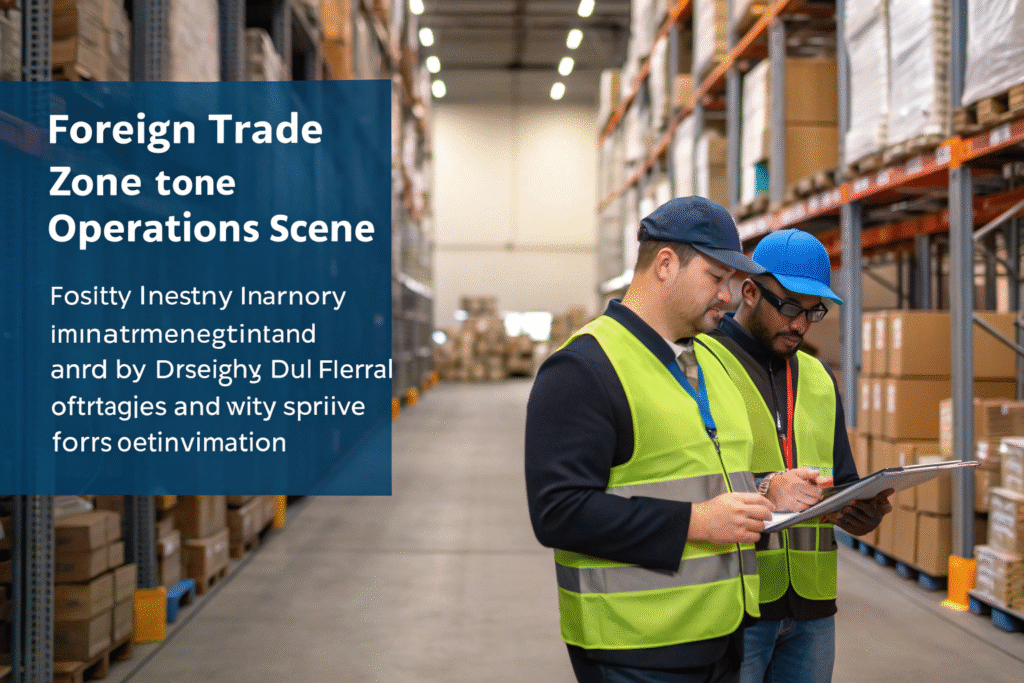
How can FTZs improve cash flow?
FTZ benefits extend beyond pure duty reduction to:
- Duty deferral until goods enter US commerce
- Weekly entry option reducing merchandise processing fees
- Inventory control supporting just-in-time manufacturing
- Quality inspection identifying damaged goods before duty payment
- Export optimization without duty payment on re-exported items
These advantages significantly improve working capital management for import-intensive businesses.
What manufacturing opportunities do FTZs create?
FTZs support duty-reduced manufacturing through:
- Inverted tariff savings when component duties exceed finished good rates
- Production efficiency without immediate duty payment on inputs
- Quality control before duty liability accrual
- Export manufacturing without US duty complications
- Inventory management flexibility supporting lean operations
These benefits make FTZs particularly valuable for assembly and manufacturing operations.
How can duty drawback recover your taxes?
Duty drawback allows businesses to recover 99% of duties paid on imported goods that are subsequently exported or destroyed. This valuable program represents often-overlooked tax recovery opportunities for companies that both import and export.
The most straightforward drawback claims involve goods imported and subsequently exported in the same condition. More complex manufacturing drawback applies to imported components used in products that are later exported. Even companies that don't directly export may qualify if their customers incorporate products into exported goods. The key requirements include maintaining detailed import and export records and filing timely claims within statutory deadlines.
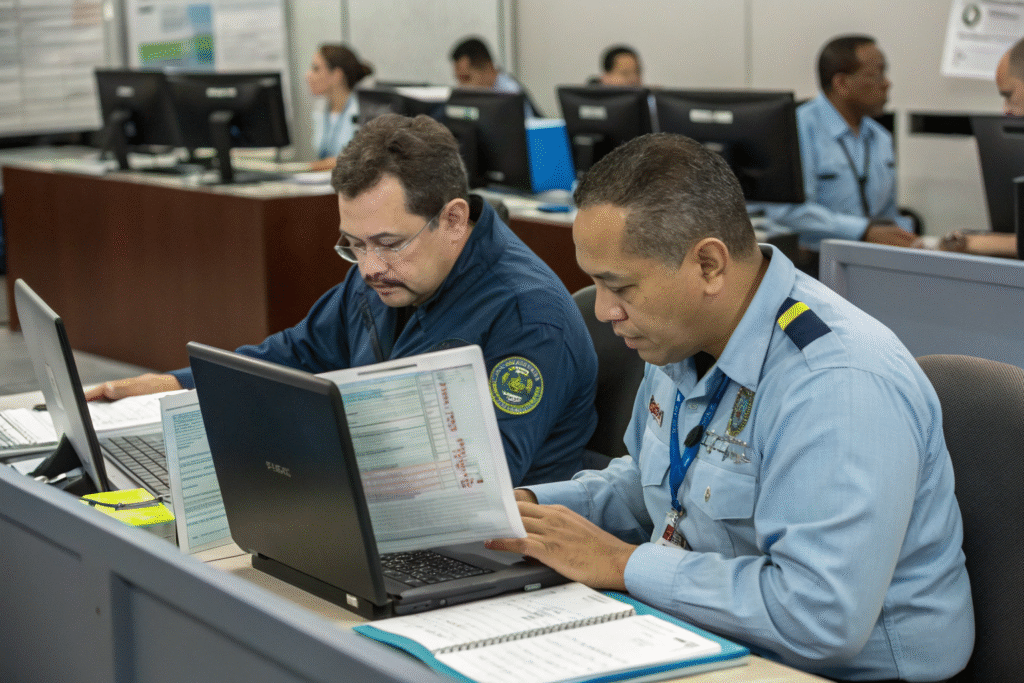
What types of drawback programs exist?
Different drawback approaches suit various business models:
- Same condition drawback for imported-then-exported goods
- Manufacturing drawback for components in exported products
- Rejected merchandise drawback for returned or destroyed goods
- Substitution drawback using similar domestic goods for export
- Unused merchandise drawback for goods exported without use
Identifying the right program type maximizes your recovery potential.
What documentation supports successful claims?
Effective drawback requires maintaining:
- Import documentation including customs forms and duty payments
- Export records proving subsequent exportation
- Manufacturing records for production-based claims
- Inventory systems tracking goods from import to export
- Financial records supporting duty payment verification
Comprehensive documentation ensures successful claim approval and payment.
Conclusion
Legal import tax reduction from China requires understanding available programs, maintaining proper documentation, and implementing strategic approaches to customs compliance. By focusing on accurate classification, preferential program utilization, foreign trade zone benefits, and duty drawback recovery, businesses can significantly reduce their tax burden while maintaining full regulatory compliance. The most successful importers treat customs optimization as an ongoing process rather than a one-time effort, continuously reviewing their approaches as products, supply chains, and regulations evolve. With proper planning and expert guidance, most businesses can achieve substantial duty savings that directly improve their competitive position and profitability.





